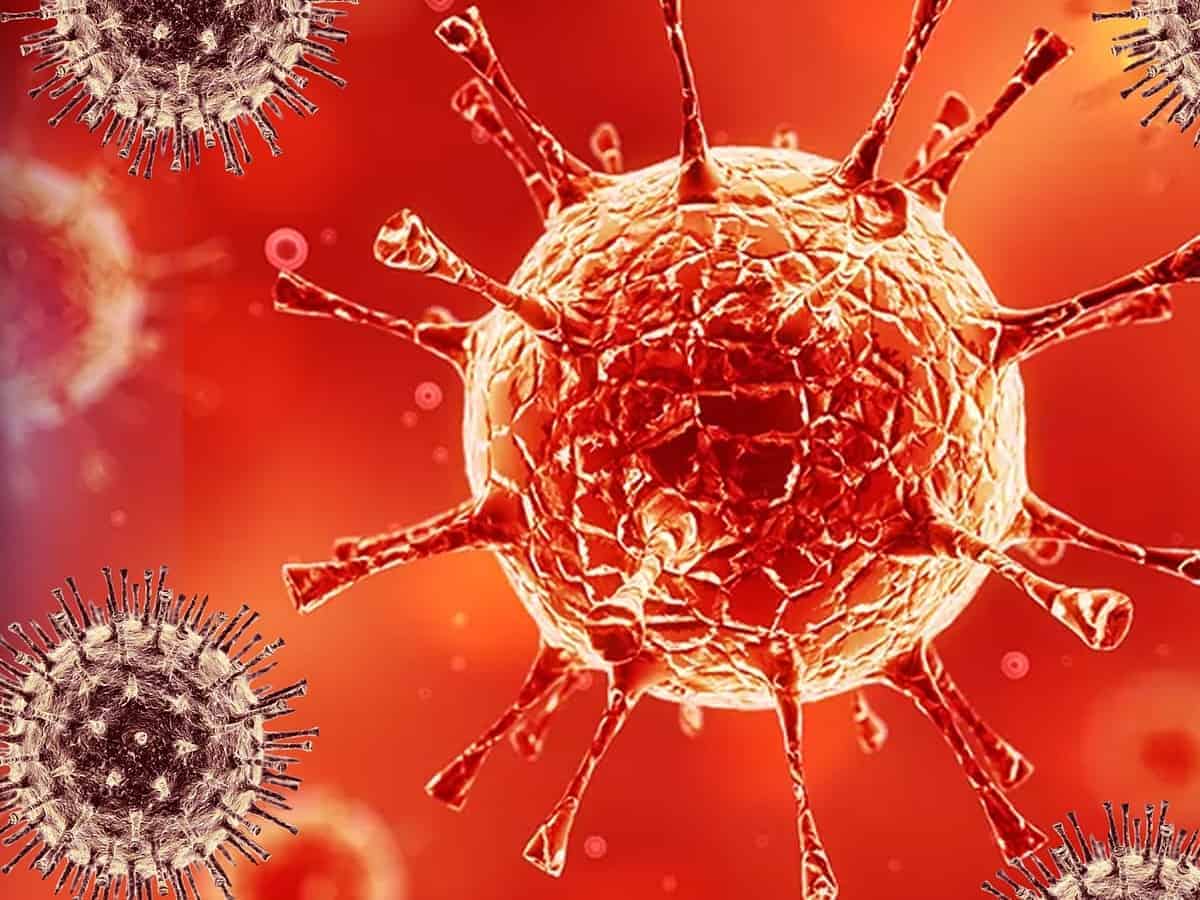Hyderabad: About 20-30 percent of COVID-19 patients in the intensive care unit have some form of brain involvement, say leading neurologists.
Apart from four broad categories of brain involvement in Covid, the secondary infections coming with Covid are also causing direct brain involvement.
Continental Hospitals’ senior consultant neurologist M. K. Singh told IANS that they are also seeing cases of neuropathies.
“Apart from four broad groups of brain involvement, we also get neuropathies something like Guillain-Barre Syndrome when a person becomes paralysed. This is also being increasingly seen in patients with Covid,” he said.
According to him, brain manifestations of COVID-19 can be broadly categorised into four groups. There is vascular category where there is clotting in arterial system or the venous system thereby leading to infarct in the brain or venous haemorrhage in the brain.
The second category is direct infection of COVID-19 virus to brain which usually manifest in “brain fog” or encephalopathy in which patient becomes too sleepy and is not arousable. “This persists even after Covid is gone and persist from few weeks to sometime months,” he said.
The third aspect of brain involvement in Covid is because of hyper-inflammatory response. “In these cases, we get lot of acute demyelinating encephalomyelitis. The brain white matter and gray matter swells and it causes very severe damage to the brain. It can affect one part of the brain or can affect all over the brain,” said Dr Singh.
Secondary infections which are coming with Covid are also causing direct brain involvement. The mucus spreads from nose to the brain or from the ear to the brain and sometimes through the blood vessels, to reach the brain and cause a lot of brain damage.
Other secondary infections of brain are also increasingly in view of Covid caused immuno suppression as well as medication induced immuno suppression.
Aware Gleneagles Global Hospital’s consultant neurologist, Dr Praveen Changala, believes that neurologic manifestations occur in approximately half of hospitalised Covid patients.
Myalgias, headache, and encephalopathy may be most common while other neurologic symptoms such as dizziness, dysgeusia (altered taste), or anosmia (loss of smell) may be less common. Stroke, movement disorders, motor and sensory deficits, ataxia, and seizures can also occur.
Stroke has been associated with COVID-19 in approximately 1 to 3 percent of hospitalised patients, with higher rates in those with more severe Covid. “Several stroke subtypes may occur, including ischemic stroke, intracranial haemorrhage, and cerebral venous sinus thrombosis. The risk of stroke may vary according to the severity of Covid-19. In patients with mild illness, the risk is less than 1 percent, while for patients in intensive care, the risk may be as high as 6 percent,” said Changala.
Stroke associated with COVID-19 may be more severe than stroke without COVID-19. Most often, stroke occurs one to three weeks after onset of Covid-19 symptoms.
Both viral and apparent autoimmune meningoencephalitis can be seen in patients with COVID-19. Acute disseminated encephalomyelitis (ADEM) and acute haemorrhagic necrotising encephalopathy case reports have been seen.
The symptoms include altered consciousness, seizures, weakness of one side of body with difficult in speech or weakness of all four limbs depending upon the region of brain involved, abnormal movement of limbs, imbalance while walking, swallowing difficulties etc.,
According to SLG Hospitals consultant neurologist Dr Suma Kandukuri, severe COVID-19 has a variety of neurological manifestations including altered mental status and other acute cerebrovascular diseases. “Most common cause of altered mental status is due to deranged metabolic profile in severe COVID-19 infection. This non-specific confusional state has increasingly been described in hospitalized patients with Covid, usually seen in older patients,” she said.
These patients share common risk factors for hospital acquired delirium and there are likely unrecognised in the setting of critical illness.
“In rare cases, patients have been diagnosed having encephalitis, that is direct invasion of grey matter of the brain by the virus but extent and frequency of direct viral involvement of the nervous system will have wide-ranging implications on treatment approaches as well as prediction of long-lasting effects of illness. The proportion of patients with neurological manifestations is small compared with other respiratory diseases,” she added.

